Creating Something Bigger Than a Car
David Green, CDO at LYNK & CO
Related Trend Reports
AI, Branding, Business, Eco, Lifestyle, Luxury, Marketing, New Ventures, Tech, Transportation, Ultra Luxury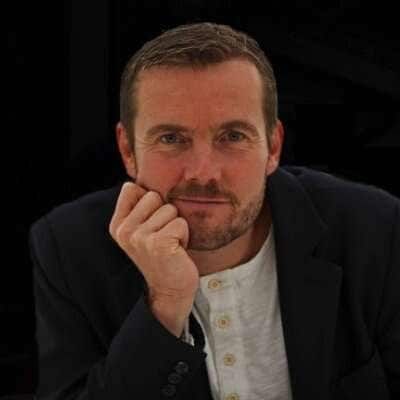 After working with Volvo for 15 years, David Green broke out of the mainstream automotive business to create “something bigger than just a car.” The new brand, LYNK & CO, is another Geely subsidiary company, here with the mission to create a “smartphone on wheels,” making it the most connected vehicle in the world. The vision is to offer an open platform to stimulate innovation, redefine what it means to own a car, and shake up a slow-moving industry through integration with IoT and inspiration from the booming sharing economy. LYNK & CO’s spectacular launch of the 01 SUV was more like a concert or a fashion show than the typical automobile unveiling. Amidst this dramatic example of doing things differently, Trend Hunter got a chance to speak with the Chief Digital Officer about his approach to innovation.
After working with Volvo for 15 years, David Green broke out of the mainstream automotive business to create “something bigger than just a car.” The new brand, LYNK & CO, is another Geely subsidiary company, here with the mission to create a “smartphone on wheels,” making it the most connected vehicle in the world. The vision is to offer an open platform to stimulate innovation, redefine what it means to own a car, and shake up a slow-moving industry through integration with IoT and inspiration from the booming sharing economy. LYNK & CO’s spectacular launch of the 01 SUV was more like a concert or a fashion show than the typical automobile unveiling. Amidst this dramatic example of doing things differently, Trend Hunter got a chance to speak with the Chief Digital Officer about his approach to innovation.8 Questions with David Green:
1. How do you find new ideas?
We work in quite a slow industry, so we’re pretty lucky because the ideas build up and they never get an outlet. Now LYNK & CO is an outlet and we’ve got all of these ideas stored and a whole bunch of people with a wacky sort of mindset. Walking around the launch, three really good ideas came up that we’ve got to do. And that’s the point, that’s what we’re trying to do differently: Don’t try to do it all yourself. Open the platform.
2. What rituals do you have to be creative?
With respect to rituals, just not to always be dealing in spreadsheets and PowerPoint presentations. Have some free time; walk around, go to the coffee machine, chat to people, go to the pub. Break out, and find problems. As soon as you start thinking about the problems, the solutions come.
3. How do you think about trends, be they automotive, technology-based or much broader?
Big trends we’re focusing on now are urbanization and connectivity. However, it’s important to realize that if you try to guess too far into the future in the current environment, you can spend a lot of time in R&D, a lot of investment and then you land and everything’s moved to the other field. What we’ve been trying to do is create a platform that is right for now, that is adaptable. So, as you move forwards, you try to spot the trends and you move with the flow. That’s the concept. It takes a long time to design cars; you speak to suppliers years and years out to decide what it’s going to look like, but in consumer electronics, it’s completely different. Ultimately, you just have to be adaptable to trends as they change––though I would love to land the trend for five years from now.
4. Tell me about the size of the LYNK & CO operation.
The commercial approach is tens of people, so we’re doing the whole thing like it’s a start-up office. Then if you go across the road, there are about 1,500 engineers building the car and working on the technical stuff.
5. How do you deal with failure?
By moving on. “Fail fast” is what we say around the office a lot.
6. Are there any unique programs or processes used to help with innovation within LYNK & CO?
Yes, but not unique. We work in a Swedish environment, and I have this theory that because it was really cold up north a million years ago, the Swedes had to become really creative just to survive. So, we work with a bunch of quite weirdly innovative people. They have a lot of space and they use their time really well, so there’s none of this turning up at 7am and leaving at midnight. They have the fika, which is a coffee break, and you all get together and you chat about something. It’s a great chance to communicate and a great environment to be innovative.
7. What is the biggest challenge to innovation for you?
Choosing the right idea, and putting in the effort to making it a reality. There are quite a few ideas that you get to play with, but which ones you pick and how you get everyone motivated around it, that’s the biggest challenge. Now we’ve got this idea of trying to make it really really easy, so the whole idea of building a platform means that it’s very little more effort to repurpose an idea for something else.
8. How will you continue to be a leader in innovation?
By opening up the platform to the billions of people that live on the planet. I have no particular need to say that this platform is confined to coders; if someone has a really good idea, we can work with them to make it happen.
References: trendhunter, lynkco
Featured Articles
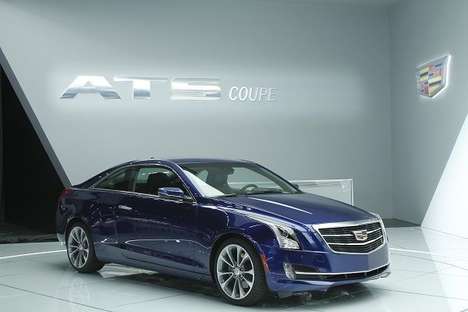
Connected Drive
Targeting millennial drivers, auto manufacturers boast built-in WiFi
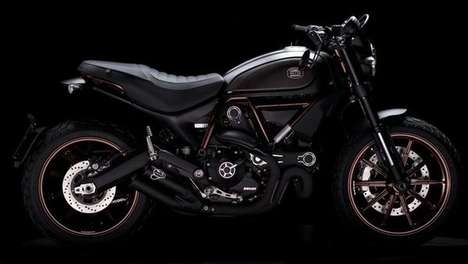
Co-Branded Auto
Car companies push lifestyle branding through unexpected collaborations

Integrated Auto
Consumers opt for vehicle add-ons that facilitate safe device usage
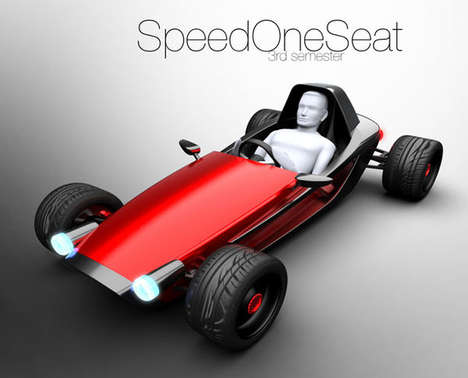
Metropolitan Mobility
Autos shift to accommodate big city living
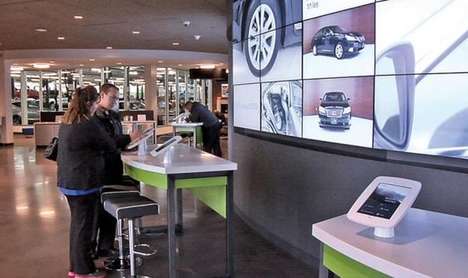
Approachable Automotive
The automotive industry aims to be more consumer-friendly
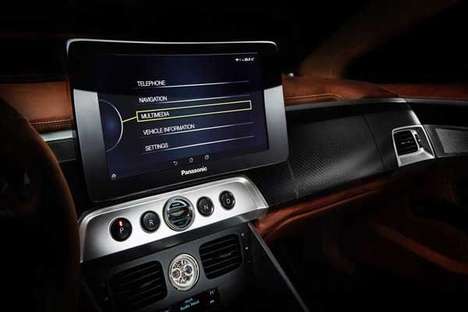
Connected Auto
Auto brands seek to provide a more intelligent experience
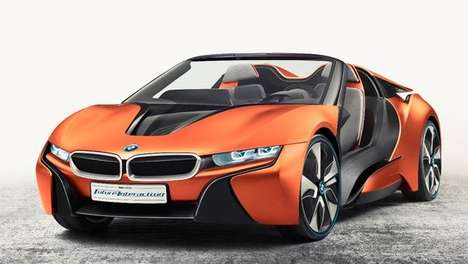
Auto Connectivity Accelerated
Connectivity moves beyond WiFi to provide streamlined accessibility
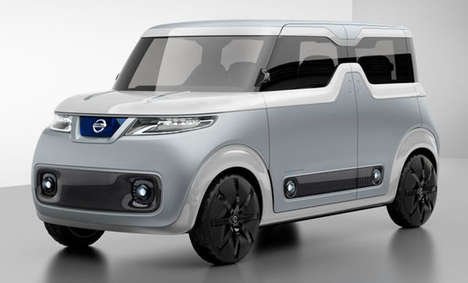
Branded Shareconomy
Auto brands become a part of the sharing economy conversation

Cognitive Auto
Automotive start-ups seek to offer more intelligent solutions